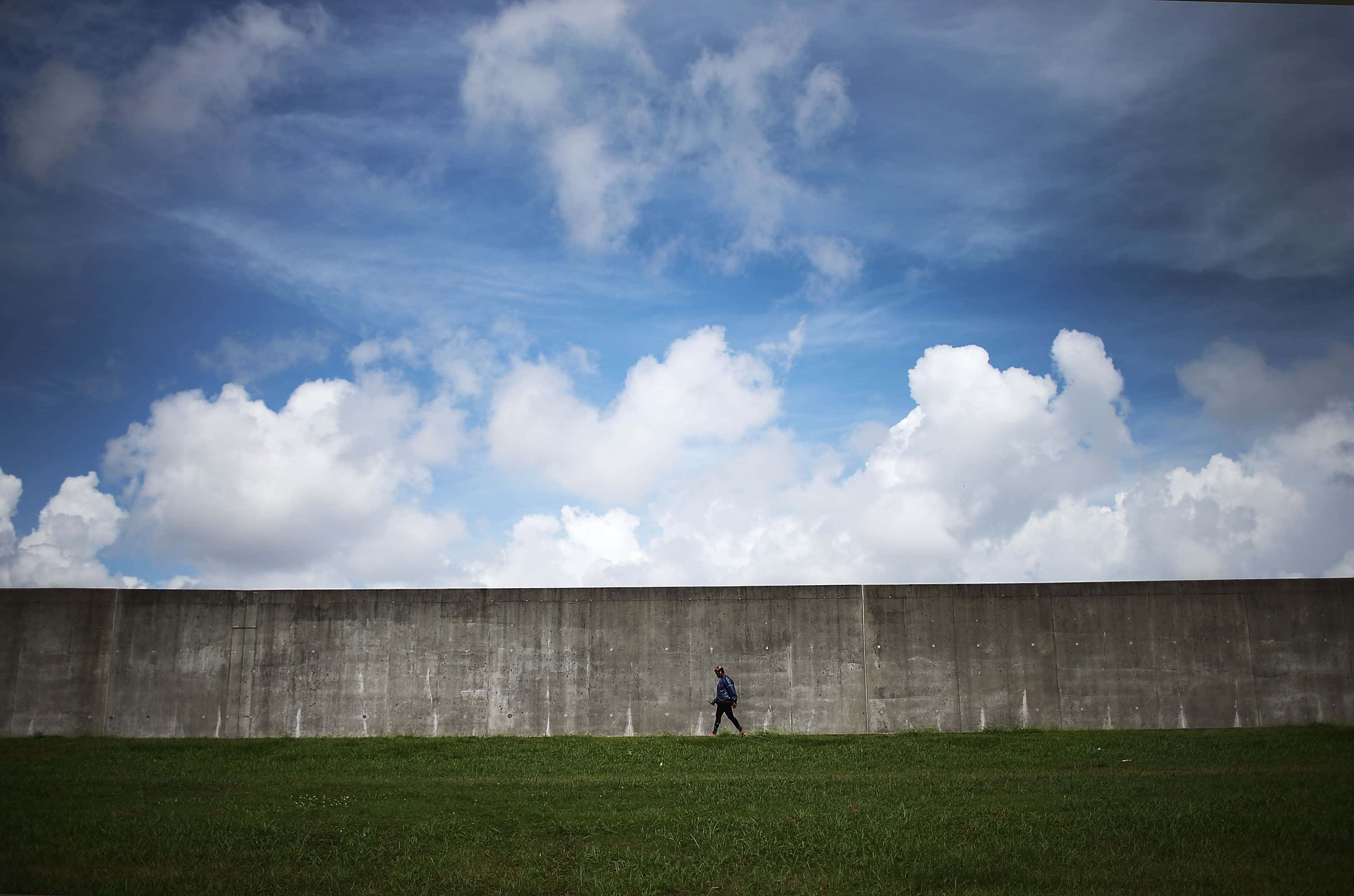Will New Orleans levees hold? Hurricane Ida may devastate 'outlying' areas

Tens of thousands of people are reportedly fleeing Louisiana as Hurricane Ida closes in from the Gulf of Mexico. A category four hurricane, one below the highest level, Ida has recorded up to 140 mph (225 kmph) sustained winds. As per reports, this huge storm is expected to make landfall on Sunday evening, August 29. It could be possibly stronger than Hurricane Katrina, a storm that devastated much of New Orleans in 2005.
As per the National Hurricane Center, Ida will cause "potentially catastrophic wind damage and flooding rainfall will impact portions of the northern Gulf coast beginning later this [Sunday] morning." Governor John Bel Edwards warned the storm could be one of the biggest to hit the state in 150 years. "Your window of time is closing," he said on August 28. "By the time you go to bed tonight you need to be where you intend to ride the storm out and you need to be as prepared as you can be because the weather will start to deteriorate very quickly tomorrow."
RELATED ARTICLES
Hurricane Ida: Baton Rouge hotels filled with first responders, residents hunker down
Hurricane Katrina survivors feel 'helpless' as Hurricane Ida develops an eye

As per a NOLA.com report, while the greater New Orleans area is shielded to a degree by a massive levee protection system designed to limit flooding, nearly 4,000 residents of Jean Lafitte, Barataria and Lafitte are relying on a modest 7½-foot levee to protect the town's schools, municipal buildings and a portion of the evacuation route.
The report said that Jean Lafitte Mayor Tim Kerner Jr worries the town on Bayou Barataria in Louisiana could be devastated for the first time since the levee was built in the early 2000s. A ten-foot wall of water could flood hundreds of houses, he said. If the surge reached 15 feet, it would leave the area in ruin. "Anything over 7½, eight-foot would be complete and utter devastation," Kerner said. "It'd be a historic storm in the worst possible way for the Town of Jean Lafitte, Crown Point, Lower Lafitte, and Barataria, all of south Jefferson outside the levee protection."
The report noted that coastal communities across Jefferson and Plaquemines parishes are bracing for the possible disaster. A 15-mile stretch of Louisiana Highway 23 on Plaquemines' west bank would likely become completely impassable as the surge pours over the short, earthen levees that sit just 3½ to six feet high, said Patrick Harvey, Plaquemines' director of homeland security and emergency preparedness. "Every storm season, we battle overtopping or a levee breach in that area," Harvey said.

As per a 2019 report in E&E News, the $14 billion network of levees and floodwalls that was built to protect greater New Orleans after Hurricane Katrina will stop providing adequate protection in as little as four years because of rising sea levels and shrinking levees, Army Corps of Engineers said.
“These systems that maybe were protecting us before are no longer going to be able to protect us without adjustments,” said Emily Vuxton, the policy director of the Coalition to Restore Coastal Louisiana, an environmental group, at the time. She said repair costs could be “hundreds of millions” of dollars, with 75 percent paid by federal taxpayers. “I think this work is necessary. We have to protect the population of New Orleans,” Vuxton said.
As per Army Corps spokesman Matthew Roe, the earthen levees that form the backbone of the 350-mile maze of protection that includes concrete floodwalls, pump stations, and gated structures, were of primary concern. The levees were reportedly losing height as they started to settle. It is a natural phenomenon that is exacerbated by the soft soils in southern Louisiana. “It’s happening a little bit faster than our projections in 2007,” Roe said in 2019.
“The public may feel complacent. The [protective] system was built, and they think it’s done. They look at that levee as a static monolith,” said John Lopez, director of the coastal and community program for the Lake Pontchartrain Basin Foundation, an environmental group. “But the crisis never really was over. We improved the system, but we have always been under threat.”










